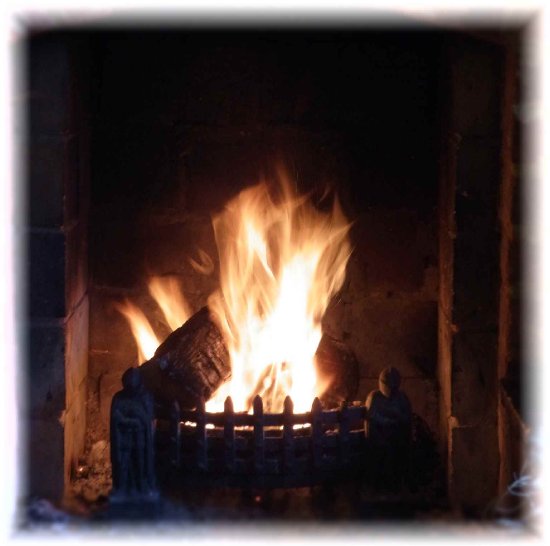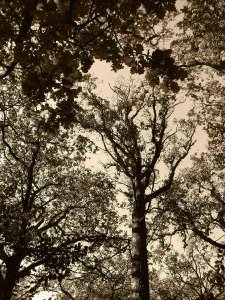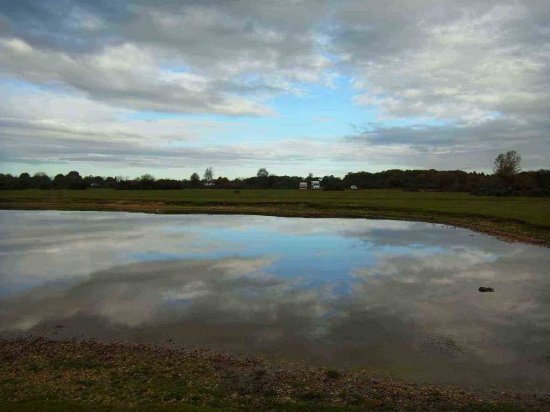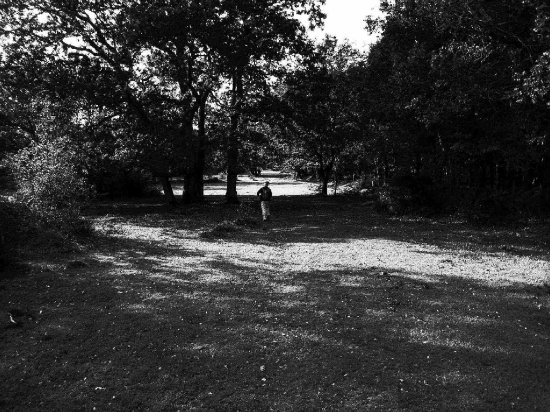Ricoh PX
Introduction
Ricoh are bringing out cameras at a rate of knots. It seems like just yesterday I was looking at the CX2, the CX3, and the CX4, and the CX5 and CX6 have both been announced this year.
Alongside those, we now have the PX, with 5x zoom, and lens that ranges from wide-angle (28 mm) to telephoto (140 mm), with digital zoom on top of that. The casing is water- and shock-resistant (not proof, just resistant).
The new, fully flat design is intended to make the camera easy to use and portable.
Shots taken with the camera are liberally sprinkled through this review. These are all straight out of the camera, no Photoshop-style post-processing has occurred. Click on each image to see a larger version. Please note that they have been reduced and compressed for web purposes...
In Use
It is easy to use, and it is portable. But my first gripe came with my first photo. Because the lens is totally integrated into the body of the camera, it doesn't extend when you take a photo. Which means that it's very easy to get part or all of your finger into your shot.
And I kept on doing it, even when making a conscious effort to stop. Because I'm used to lens barrels that stick out, even just a little bit. The Canon IXUS 75 for example, is a very similar size and shape. But it has a lens barrel that extrudes just a little bit, so you don't get your finger in the way.
And we follow on to problem 2. The lens is completely uncovered. It's protected by a casing, but that casing is open to the elements, or the fluff in your pocket or the dust in your bag.
Now during my use, that didn't really prove to be too much of a problem, but that's because I'd identified it as an issue, and was trying to stop it from happening. You don't get a case with the camera (or even a wrist strap), so I was using a case from another camera to keep it protected in my pocket. Whilst out walking or cycling, the camera lives in a trouser or coat pocket for easy access.
It has a lot of modes, most of which I've encountered before on other cameras in the CX range, and there are also some modes from the CX series that are missing. It has two black and white modes, a sepia mode (something you had to create yourself on some of the CX range), a toy camera mode (which produces nice pinhole style effects) and the usual miniaturisation mode (seen in the "Squirrel Lodge shot above).
There's an "auction mode" which will help you to create photos which contain 1 large and 2 small photos all in the same frame (like you might see on eBay), and all done in the camera so you don't have to fiddle around with them on your PC or Mac. There are also some nice cut out modes (borders and blurred edges in "sweets" mode, seen in the fire picture at the top) and a cross-process mode.
All of these effects can be achieved in post processing, but it's much easier for an ordinary camera user to let the camera do it all first to save you spending hours tweaking photos. I like to share my photos straight away, not shoot 1000 photos and spend a year tweaking them before anyone else who was there gets to see them. Each to their own of course.
Just to note that the PX has a "+1 shooting" option. This means that when you take photos in one of these modes that alter the images, it will also save a copy of the photo as if it was shot normally. Very helpful.
I must admit I didn't really test its water resistant capabilities (up to 3 metres apparently) as I didn't really want to push my luck (it's not good to send non-functioning cameras back to PR companies!)
One final good thing is that you can charge it via USB, so no need for a slightly bulky battery charger, and you can even recharge in the field if you have one of those USB charging packs. You can get at least 300 shots per charge.
Conclusion
A very compact compact from Ricoh. It starts up quickly (just 2 seconds) and takes pretty good photos.
It's not the most rugged compact around, but I think that's a good thing, because you can use it anywhere without it looking out of place because it looks quite stylish. It doesn't perform brilliantly when the light is fading (although you can still get some nice shots under those conditions). There is a little noise on the image at most ISO levels,
There are other cameras that are more rugged and plenty of other cameras that have higher specifications, but this is a nice little package. You can get some very nice shots, it slips into a pocket or bag for the evening, and it can cope with some of the things that the great outdoors may throw at it (although it's not rated for going down to -10C like many of its competitors).
The menu system is a bit of a faff at times, but you do get used to it. It's very similar to that on all other Ricoh compacts, but it's been tweaked slightly so that you have to make an effort to access all of the modes on offer.
Definitely worth a look if you're in the market for a sturdly little compact. Lots of useful modes and pretty good results.







Your Opinions and Comments
Be the first to post a comment!